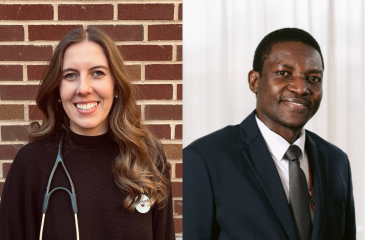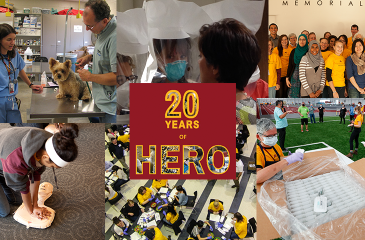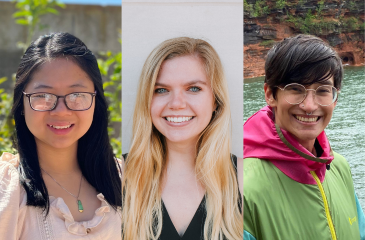
Last Thursday, the University of Minnesota’s Board of Regents approved the purchase of the former Shriners Hospital for Children complex. They did this because they share the vision of creating something unique, something that will not just benefit Minnesotans, but hopefully people around the world. This site will now become the Institute for Child and Adolescent Brain Health (ICABH)—where we will bring the research resources, expertise, and clinical care from across the entire University together under one roof to focus on how best to help children and adolescents achieve their optimal adulthood.
We are able to do this now due to an extraordinary set of opportunities that arrived together.
- The sale of the property, which has been owned by the Shriners since 1923. Less than two miles east of the University’s main campus, the complex sits on the banks of the Mississippi and is already equipped as a hospital and clinic.
- President Gabel has made mental health a priority for the University.
- There is tremendous breadth and depth to child-focused programs across campus that would benefit from strategic collaborations—ideally in one place.
These opportunities coalesced with a partnership among the College of Education and Human Development’s renowned child development program, the UMN Masonic Children’s Hospital specialty clinics for child development and behavioral health, Psychiatry’s child and adolescent clinics and programs, and the Center for Magnetic Resonance Research. The College of Liberal Arts, the School for Design and the Humphrey School of Public Affairs have also committed to developing the program through excellent advice and the promise of further collaboration. This is an incredible beginning, and our hope is that many more strategic collaborations will follow.
The other great opportunity lies in our patients themselves and how early interventions can have extraordinary impact.
Human newborns are the most helpless of mammals and take the longest time to be become functional on their own. The extra time that they take to develop is an evolutionary trade-off for their highly developed brains, capable of managing the kind of complex reasoning, communication, and social interaction unique to humans. Science and research has shown the need to start nurturing babies’ brains prior to birth and continuing until the brains are more fully developed, a window known as the “period of plasticity,” or the first 1,000 days of life.
During this time, outside forces—familial stress, poverty, poor nutrition, and lack of attention―can have critical impact on shaping the brain and what it can accomplish as an adult. Deficits in the time of plasticity show up again in adolescents and adults as mental health disorders, substance abuse issues, and various other behavioral issues that impact families and society.
By the time a child reaches her third birthday, she has produced an astonishing 1000 trillion connections in her brain, which has reached 80% of its adult weight. Although the speed of brain development slows through the rest of childhood, the complexity of what is being accomplished remains phenomenal. Again, there is tremendous opportunity to help alleviate societal and personal problems in adults by focusing on early interventions aimed at brain health in children and adolescents.
The Institute’s motto is “building healthy connections for life.” I hope that many of you will see this as an opportunity to bring your expertise in your field and join in those efforts with the Institute, creating a better future for our entire community and the world beyond.
Thank you,
Jakub Tolar, MD, PhD
Vice President for Clinical Affairs



